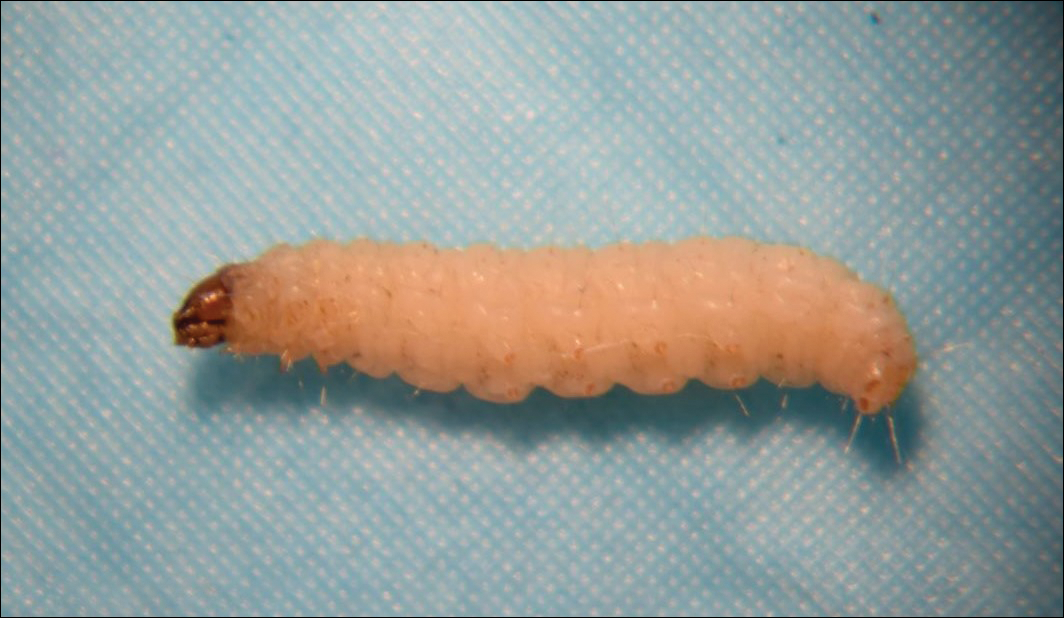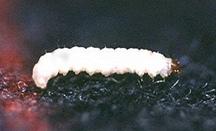|
|
Post by lenapej on Mar 24, 2022 18:30:09 GMT -7
A few more quotes that may shed some light on worming.
" I got help today to worm skins, it being cloudy & cool. Some of them being spoiled for want of worming."
He talks about transferring the skins ( by the way he does mention some of them being bear & elk later) back to the settlements in wagons and some of them getting wet by rain and needing to be "sun'd" so after making camp, they open the bundles and sun/dry them. Then the next entry says -
"Began at the opening & worming such bundles as were not opened yesterday, & making up fit for wagon carriage."
|
|
|
|
Post by brokennock on Mar 24, 2022 18:50:55 GMT -7
Anyone know/have a working relationship with, a taxidermist that might know?
|
|
|
|
Post by paranger on Mar 25, 2022 4:05:17 GMT -7
Does the journal tell what kind of hides they were ? I decided to look up the journal and reread some of it to refresh my memory, he does not mention what kind of hides they were, but because he uses the term "skins" and not "furs" I'm guessing they were mostly deer, bear, and maybe a few elk. Here is another quote from the journal that I found interesting. 9th.- "I got some help today to worm the skins that had been wormed before, but as I told them they should have to be wormed soon again. Many of them are spoiled, and it is with great difficulty I can get any help, all are so employed." So they were worming the same skins several times, the reference to some being spoiled seems to indicate that they may not have been fully tanned, maybe just fleshed and salted? maybe that is what wormed means? I think you are on to something. Even in the native deerskin trade in the Southeast, at some point in the mid to late 1760s, the "industry standard" for trade changed from prepared (brain-tanned) to raw skins. I suspect these are indeed raw skins and likely temporarily stored under - shall we say - less than optimal conditions, making vermin a real threat. PS - For more on the SE deerskin trade, see Kathryn Braund's excellent book Deerskins and Duffels. |
|
|
|
Post by Black Hand on Mar 25, 2022 4:26:58 GMT -7
I suspect if well scraped and dried, even raw skins should be OK if kept dry.
|
|
|
|
Post by Sicilianhunter on Mar 25, 2022 5:33:42 GMT -7
LenapeJ,
It would be a shame and certainly cut into profits, to de-hair a bear hide.
I don't know of that being done, then or now but we certainly can't rule it out. Leather is leather even if not all created equal.
Are we certain that salt was used in "stabilizing" green hides during this period?
I know that deer hides were de-haired and fleshed, racked to dry, then folded and stacked by market hunters but I'm not sure they used salt in that process.
After all, that would be an awful lot of weight and expense not only in the valuable commodity of salt but the extra horses to pack it into the hunting grounds.
I'm just spit balling here, this doesn't really answer why you would or how you would worm a hide, never mind do it multiple times.
I'm inclined toward the maggot theory especially since spoilage is a concern...
I think something that is being overlooked here from these quotes is that some of my naivete about how our ancestors acted in regards to chores is falling away.
These people were just like us and obviously, some times fell down on the job.
I believe, in this case, it was due to sickness but none the less, resources were neglected and profits will be lost because of it
|
|
|
|
Post by lenapej on Mar 25, 2022 14:31:29 GMT -7
Anyone know/have a working relationship with, a taxidermist that might know? I have been doing taxidermy since 2016 and have a friend that did it longer than I have, and I have never herd the term, I have never had problems with worms or anything like that, as was mentioned earlier in the thread, a lot of ticks, but they are really not a problem, just a pain. When dealing with hair on hides it is important to get them fleshed and tanned, or salted, or frozen as soon as possible to keep the hair from slipping, with just fleshing and/or salting the skin will become rawhide in a few days. |
|
|
|
Post by lenapej on Mar 25, 2022 14:55:45 GMT -7
LenapeJ, It would be a shame and certainly cut into profits, to de-hair a bear hide. I don't know of that being done, then or now but we certainly can't rule it out. Leather is leather even if not all created equal. Are we certain that salt was used in "stabilizing" green hides during this period? I know that deer hides were de-haired and fleshed, racked to dry, then folded and stacked by market hunters but I'm not sure they used salt in that process. After all, that would be an awful lot of weight and expense not only in the valuable commodity of salt but the extra horses to pack it into the hunting grounds. I'm just spit balling here, this doesn't really answer why you would or how you would worm a hide, never mind do it multiple times. I'm inclined toward the maggot theory especially since spoilage is a concern... I think something that is being overlooked here from these quotes is that some of my naivete about how our ancestors acted in regards to chores is falling away. These people were just like us and obviously, some times fell down on the job. I believe, in this case, it was due to sickness but none the less, resources were neglected and profits will be lost because of it Sicilianhunter, I agree with you about the salt, I think he would have mentioned it had he used it, and as you pointed out it would probably have been very expensive,...and no, I really don't know if they used it in the mid 18th century. The friend that brought it up, asked a group on Facebook about it and someone suggested that maybe worming was slang for wringing/twisting the hides like a tow worm is twisted. Because of some of the terminology used, I am leaning towards it being a process of airing out and drying the hides along with checking for mold or maggots/vermin, and/or preserving the skins. Maybe we will never know, but it is fun to try to figure these things out. Thank you all for your input. |
|
Joe
City-dweller

Posts: 170
|
Post by Joe on Mar 25, 2022 19:06:37 GMT -7
I suspect if well scraped and dried, even raw skins should be OK if kept dry. No, they can become infested with clothe moths or carpet beetles or other insects. I had a stretched and dried (but not tanned) coyote hide become infested with moth larvae. It ruined the hide. I suspect something similar to this is what they were describing. Here is a clothes moth larvae.  ![]() cdn.mdedge.com/files/s3fs-public/Image/June-2018/ct101006413_fig1.png cdn.mdedge.com/files/s3fs-public/Image/June-2018/ct101006413_fig1.png ![]()  |
|